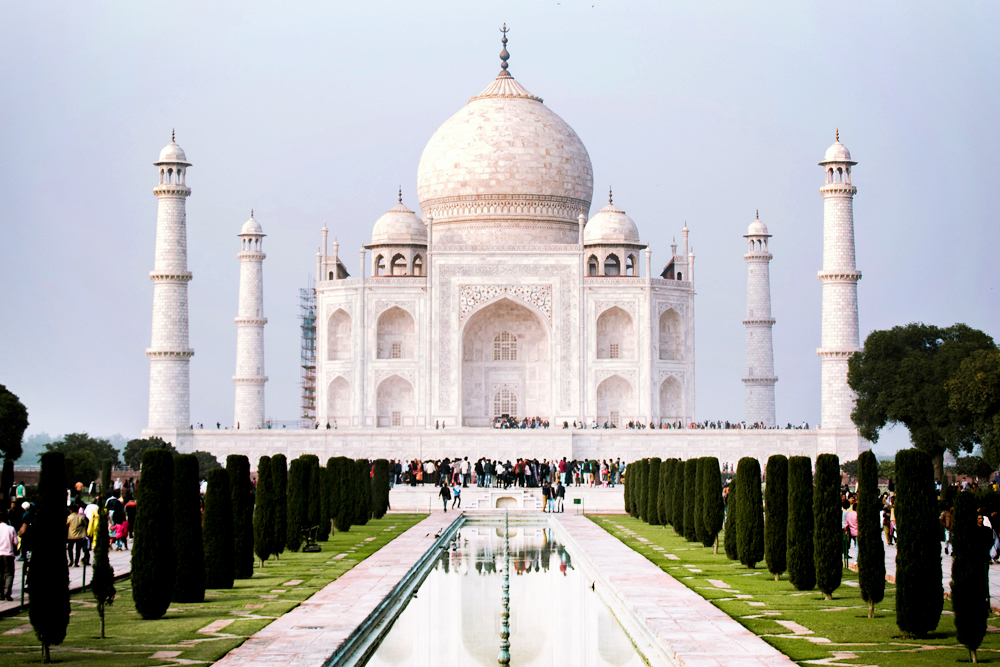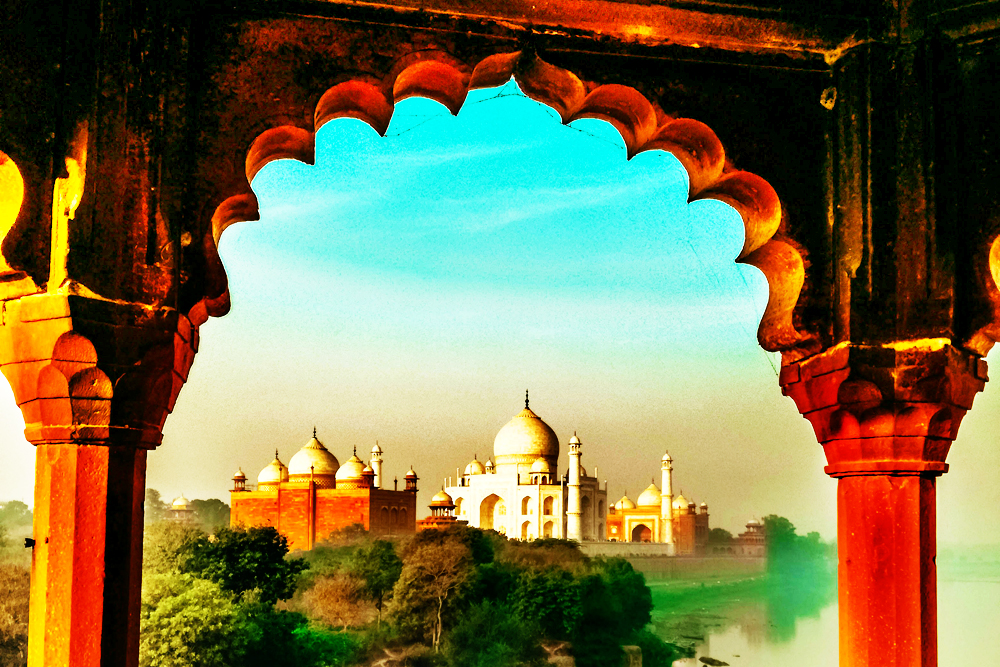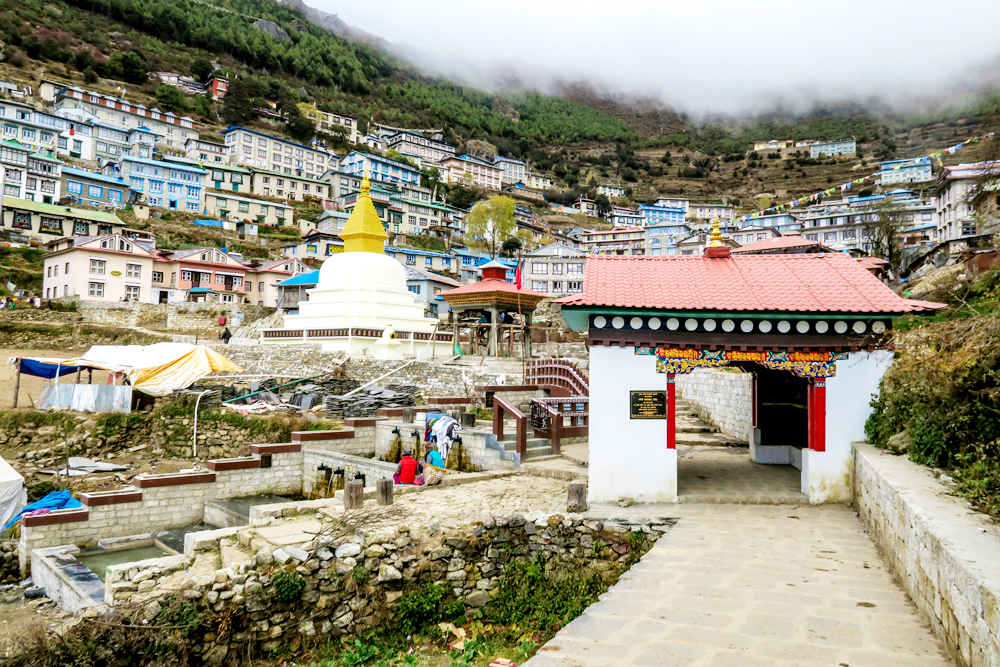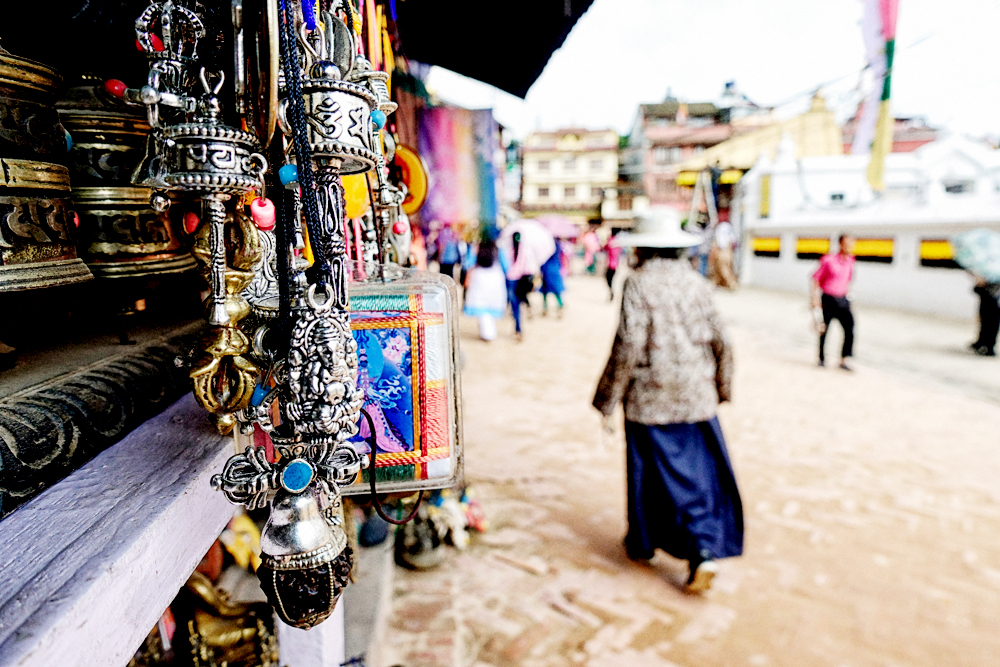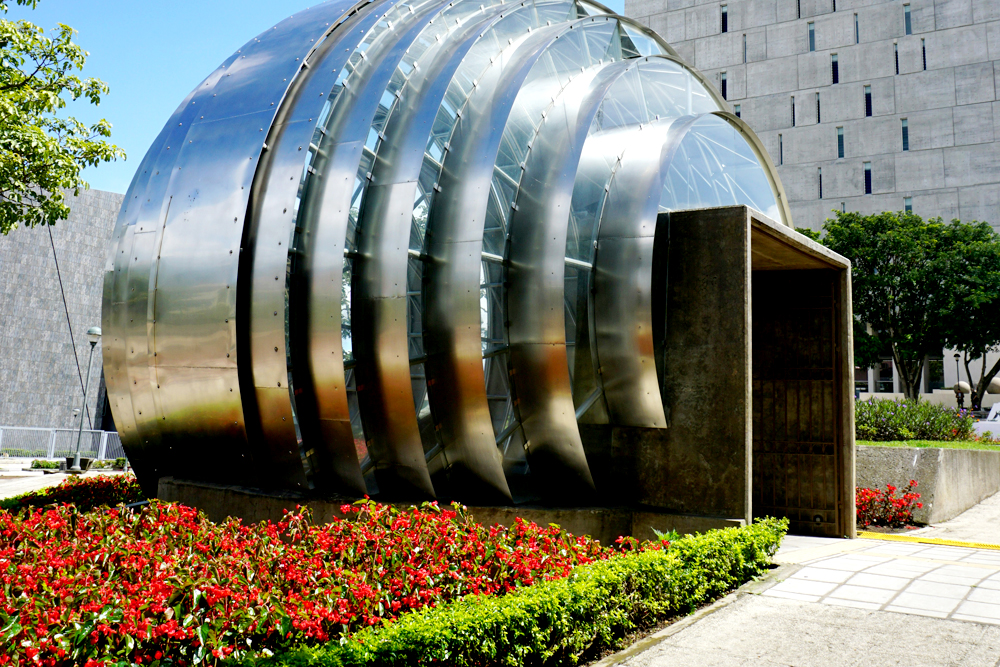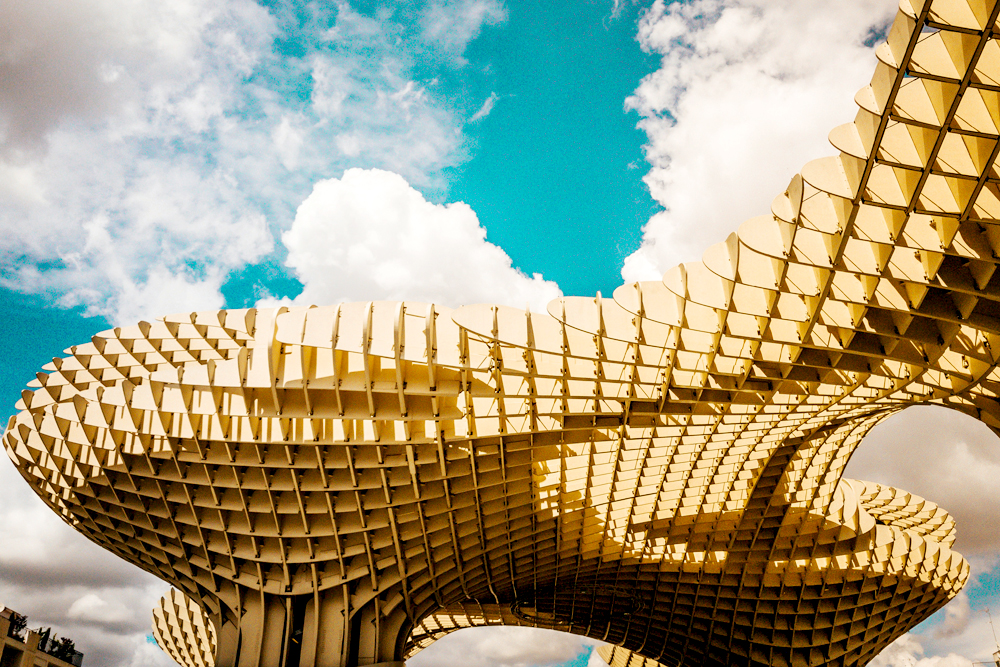The Taj Mahal is a masterpiece of art and architecture. It’s a place of love and beauty. But when is the best time to visit Taj Mahal? Let’s find out! Discovering the optimal time to visit the iconic Taj Mahal is akin to unlocking a cherished secret, unveiling a realm where history, culture, and natural beauty converge. Nestled within the heart of India, this architectural marvel beckons travelers with its timeless allure, but the timing of your visit can profoundly shape your experience.
Whether you seek to bask in the ethereal glow of dawn, witness the mesmerizing hues of sunset, or evade the crowds that flock to this UNESCO World Heritage Site, understanding the nuances of the best time to visit the Taj Mahal is the gateway to an enchanting journey through time and splendor.
Why Timing Matters When Visiting the Taj Mahal
Timing is everything at this wonder of the world. Good timing means good weather and fewer people. It makes your visit to the Taj Mahal better. Timing is crucial when visiting the Taj Mahal due to both practical and aesthetic reasons. Arriving early in the morning allows you to witness the monument bathed in the soft, golden light of dawn, creating a mesmerizing ambiance and ideal conditions for photography. Moreover, visiting early helps beat the crowds, allowing for a more intimate experience amidst the stunning architecture and serene surroundings. Additionally, mornings generally offer cooler temperatures, which can make exploring the vast complex more comfortable, especially during hot seasons.
Conversely, visiting during sunset provides another enchanting perspective as the fading light casts a warm glow over the marble, creating a romantic atmosphere. However, regardless of the time chosen, being mindful of peak tourist seasons and planning accordingly can help maximize the enjoyment of this iconic landmark without feeling overwhelmed by crowds.
Weather Patterns at the Taj Mahal
The Taj Mahal is in Agra, India. Weather in Agra changes through the year.
| Season | Months | Weather |
|---|---|---|
| Winter | November to February | Cool and Pleasant |
| Spring | March to April | Warm with clear skies |
| Summer | May to June | Very Hot |
| Monsoon | July to September | Heavy Rains |
| Autumn | October | Mild and Dry |
The Best Time to Visit the Taj Mahal
People say winter is the best time to go. The weather is cool and the sky is clear. The best time to visit the Taj Mahal is during the cooler months of October to March. During this period, the weather in Agra is more pleasant, with temperatures ranging from comfortable to mildly chilly, making it ideal for exploring the monument and its surroundings without being overwhelmed by heat or humidity. Additionally, this time coincides with the winter tourist season, attracting fewer crowds compared to the scorching summer months. Arriving early in the morning or during sunset enhances the experience, allowing you to witness the Taj Mahal in the soft, golden light, creating a magical ambiance.
However, if you prefer to avoid crowds entirely, visiting during the offseason months of April to September might be preferable, though be prepared for hotter temperatures. Regardless of the time chosen, planning ahead and checking for any seasonal events or maintenance schedules can help ensure a memorable and enjoyable visit to this architectural marvel.
Special Tip To Visit The Taj Mahal At Sunrise
Experience the ethereal beauty of the Taj Mahal at sunrise with a special tip that ensures an unforgettable visit. As dawn breaks, the monument is cloaked in a mesmerizing palette of changing colors, casting a spellbinding aura. To make the most of this magical moment, arrive early, before the crowds, to witness the serene transition from darkness to dawn. Position yourself strategically, perhaps at the iconic reflecting pool, to capture the breathtaking sight as the sun’s first rays gently kiss the marble façade, illuminating it with a golden hue. With patience and anticipation, embrace the tranquility of the morning as the Taj Mahal unveils its timeless allure amidst the captivating play of light and shadow. Truly, a sunrise visit offers an unparalleled experience of this architectural marvel.
Another Great Time: Full Moon Nights
Full moon nights are also very special. The Taj shines under the moonlight. But remember, tickets for moonlights are limited.
Times to Avoid
Summer brings lots of heat to the Taj Mahal. Monsoon season has lots of rain. It’s not the best time to go.
Pro Tips for Visiting the Taj Mahal
- Buy tickets online to skip the line.
- Go early to enjoy it without crowds.
- Carry water, it can be warm even in cool months.
- Use sunscreen, the sun can be strong.
- Look for guided tours to learn amazing stories.
Frequently Asked Questions Of Best Time To Visit Taj Mahal: Unveil The Ideal Season!
1. What Is Taj Mahal’s Peak Tourist Season?
The peak tourist season for Taj Mahal is during the cooler months, from November to February, when the weather is most pleasant.
2. How Are The Crowds At Taj Mahal In April?
April sees a significant dip in crowds as the heat intensifies, offering a more serene visit to the Taj Mahal.
3. Is Taj Mahal Open On All Weekdays?
The Taj Mahal is open from sunrise to sunset, Tuesday through Sunday, remaining closed to visitors on Fridays.
4. What’s The Best Time Of Day For Taj Mahal Photos?
For the best photographs, visit the Taj Mahal at sunrise or sunset when the soft light enhances its beauty.
Conclusion
In conclusion, determining the best time to visit the Taj Mahal involves a delicate balance between weather conditions, crowd levels, and personal preferences. While the months of October to March typically offer cooler temperatures and clear skies, they also attract larger crowds. On the other hand, visiting during the less crowded months of April to September might mean braving the heat and occasional rainfall, but it could also provide a more intimate and serene experience with the monument. Ultimately, the best time to visit the Taj Mahal varies depending on individual priorities and tolerance for weather and crowds. Regardless of the season, witnessing the timeless beauty of the Taj Mahal is an experience that transcends any weather or crowd concerns, leaving visitors in awe of its magnificence and historical significance.
Choose the right time for the best experience. Make memories that will last a lifetime.
